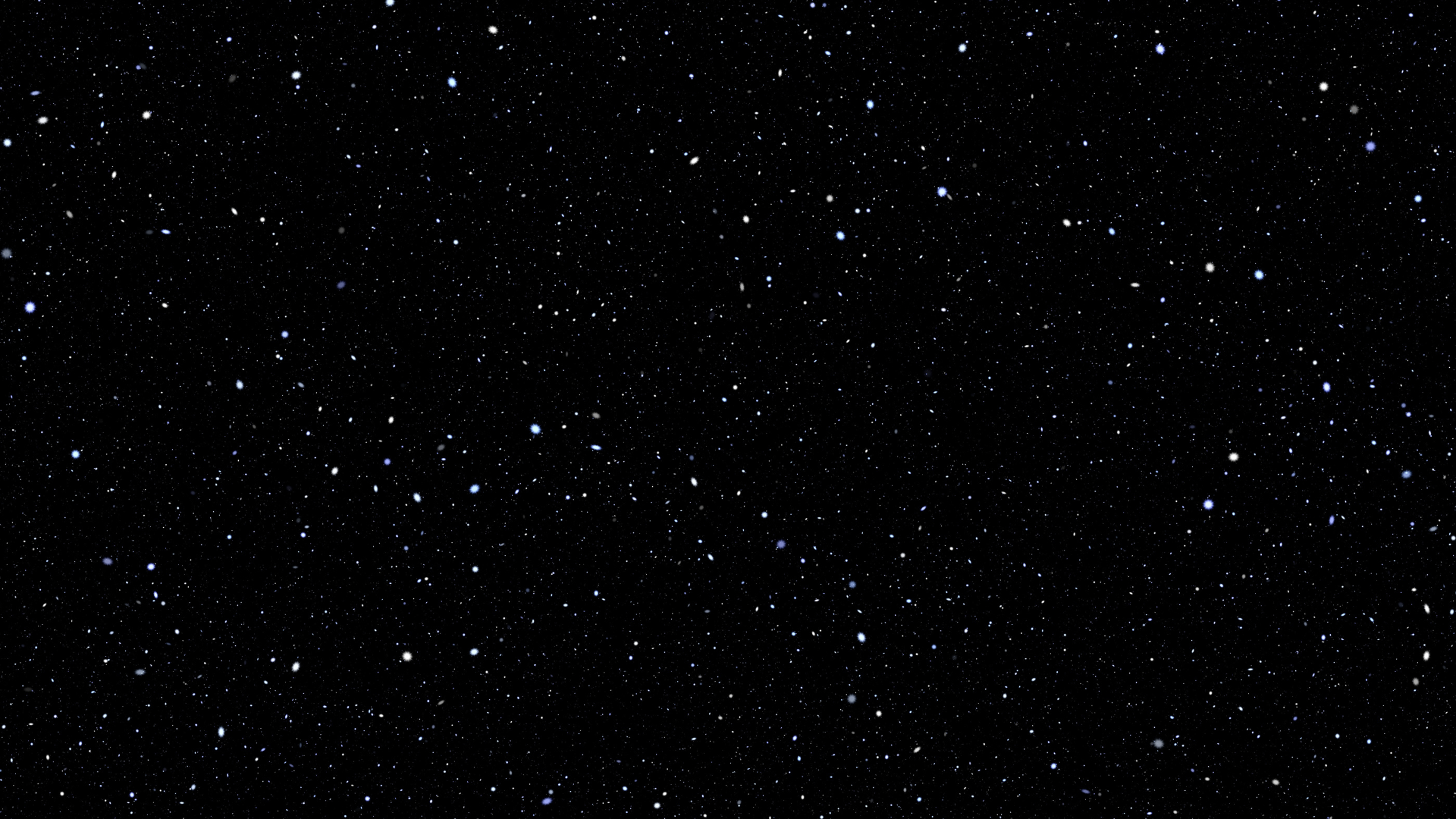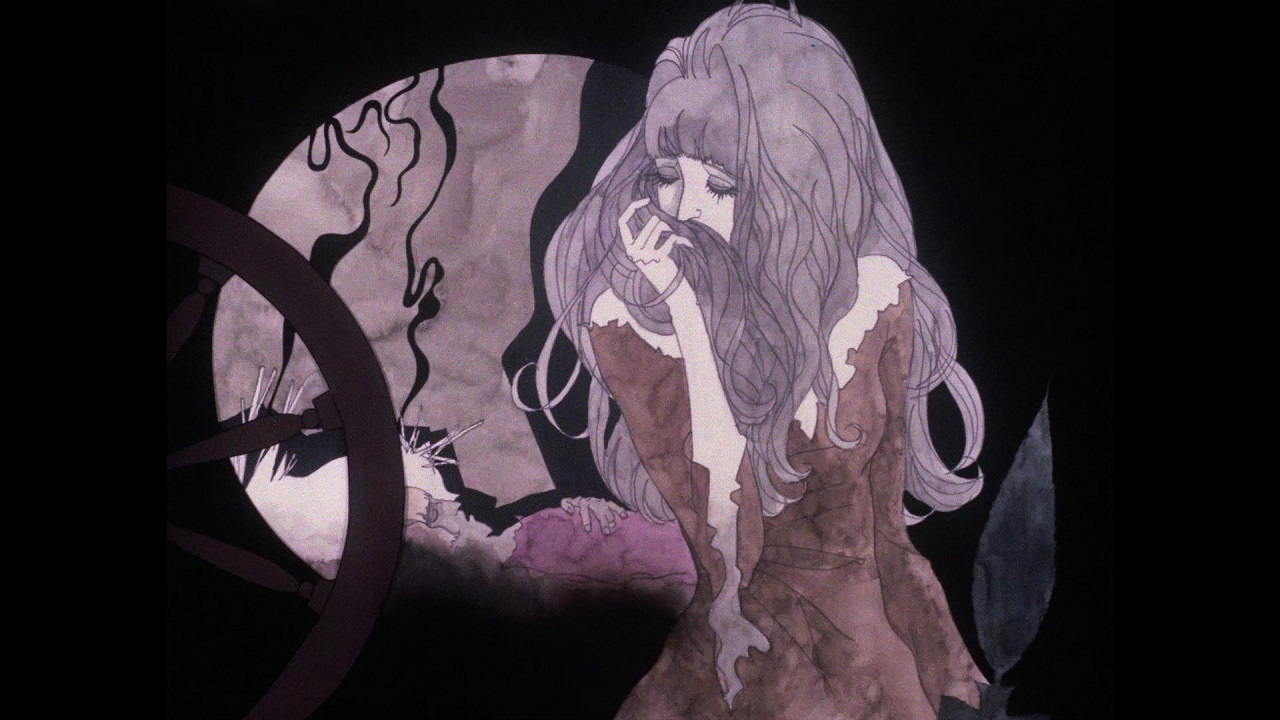Belladonna of Sadness (1973), dir. Eiichi Yamamoto, is an unsettling hallucinatory Japanese animated film made up of Expressionistic and Symbolist moving paintings, with a variety of artistic influences. The captivating story of Jeanne unfolds through a succession of stunningly ethereal and luridly nightmarish tableaux featuring symbolic yet disturbing depictions of rape, violence, suffering, decomposition, and witch trials. The visceral, expressionistic paintings of sexual violence convey the emotions behind the unsettling experience of rape with transfixing intensity. Matching the trope of the witch, Jeanne is a formerly pure, now sexually awakened, corrupted young woman who acquires magical powers through a pact with the devil. She uses her powers to heal the village people infected with the plague, then hosts surreal orgy rituals in the wilderness and challenges the oppressive forces of the patriarchal state. Threatened by her influence, the rulers try to make a pact with her “to find a path to lead the people to happiness” in exchange for the secret of her cure for the plague, but Jeanne is unsatisfied with their offers, demanding instead to rule the entire world – a desire which is severely punished. This haunting cinematic tale represents a metaphoric portrayal of women’s liberation and universal liberation. Besides the Jeanne d’Arc historical reference, there is also a historical connection with the women’s liberation movement in Japan from 1970.

